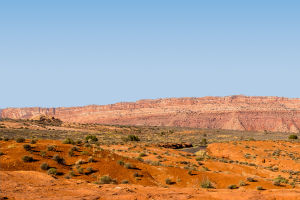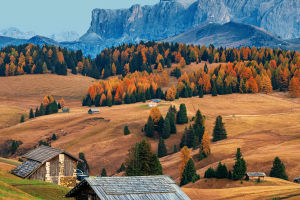A reef is a rocky structure formed in the ocean by corals and other organisms. It is an essential component of the marine ecosystem and a remarkable marvel of nature. These unique rock formations not only add beauty to the ocean but also provide a habitat for countless creatures.
Reefs typically develop along the coastlines of mainlands and fringe areas around islands.
Concealed beneath the water's surface, their distribution is closely tied to the shape of the coastal underwater topography and water depth. During the initial stages of reef growth and development, they are generally small in scale but have a wide distribution range.
There are several types of reefs:
Submerged Reef:
A submerged reef is characterized by wide and flat land composed of rocky rocks that become exposed during low tide. These reefs exhibit shallow depressions, trenches, potholes, and reef spots, consisting of coral debris, coral sand, and biological shells.
Barrier Reef:
The barrier reef grows parallel to the coastline, resembling a protective castle surrounding the land. It is located at a considerable distance from the shore, creating a water area several kilometers to tens of kilometers wide, almost entirely encircled by coral reefs.
Atolls:
An atoll is a coral reef that takes the shape of a ring or horseshoe in the ocean. It contains numerous waterways connecting to the open sea, and the reefs are often exposed during low tide. The diameter of an atoll can range from tens of meters to tens of kilometers, with a generally narrow width.
Atolls are predominantly found in the tropical and subtropical waters of the Pacific Ocean and the Indian Ocean, where corals thrive. Examples of well-known atolls include the Marshall Islands and the Maldives Islands.
Each of these reef types plays a vital role in the ocean ecosystem. They provide habitats and serve as the foundation for food chains, while also attracting people to explore and study marine biodiversity.
A reef is not merely a home for various marine organisms; it is a complex ecosystem. It offers shelter and protection for numerous fish, shellfish, and other marine life forms, as smaller fish seek refuge in the crevices of the reef while larger fish swim around, preying on them.
Additionally, corals form a symbiotic relationship with algae, providing energy and nutrients through photosynthesis, thus enriching and stabilizing the entire ecosystem.
However, modern societal activities pose significant threats to reef ecosystems. Issues such as water pollution, climate change, and overfishing have severely impacted coral reefs. Water pollutants hinder the photosynthesis process of coral polyps, leading to a decline in their vitality.
Rising ocean temperatures and acidification, resulting from climate change, exert tremendous pressure on coral survival. Overfishing disrupts the ecological balance and jeopardizes the biodiversity of coral reefs.
In order to safeguard these delicate and crucial ecosystems, it is imperative that we address these challenges. Efforts must be made to minimize water pollution through better waste management practices and sustainable agricultural methods.
Mitigating climate change by reducing greenhouse gas emissions is essential to preserve the health of coral reefs. Implementing responsible fishing practices, such as establishing marine protected areas and promoting sustainable fishing techniques, is vital for maintaining the delicate balance of these ecosystems.
By recognizing the significance of reefs and taking collective action, we can ensure the preservation and longevity of these breathtaking natural wonders for future generations to cherish and admire.


